
Werewolves, vampires, and a dreary village topped with a castle. These are things that you’ve probably never imagined coming to a Resident Evil game. Yet here we are in Resident Evil Village or RE8. Aside from its 9 ft. vampire antagonist, we have seen the game being hyped up with its intense action and varying environments. This makes it more or less a stark contrast to its predecessor, RE7. With that said, will this formulaic return to a “new Resident Evil 4” add to the popularity of the modern first-person Resident Evil? Let’s find out with this Resident Evil Village review.

In Resident Evil Village, you again get to play as Ethan Winters, the latest protagonist from Resident Evil 7. After the events of the previous game, Ethan and his family moved to a peaceful place somewhere in Europe. Like with all protagonists, this semblance of peace gets shattered with an attack that ended with both Ethan and his newborn baby being kidnapped. After getting back to his senses, Ethan wakes up finding his daughter missing. Thus begins the events of Resident Evil Village.
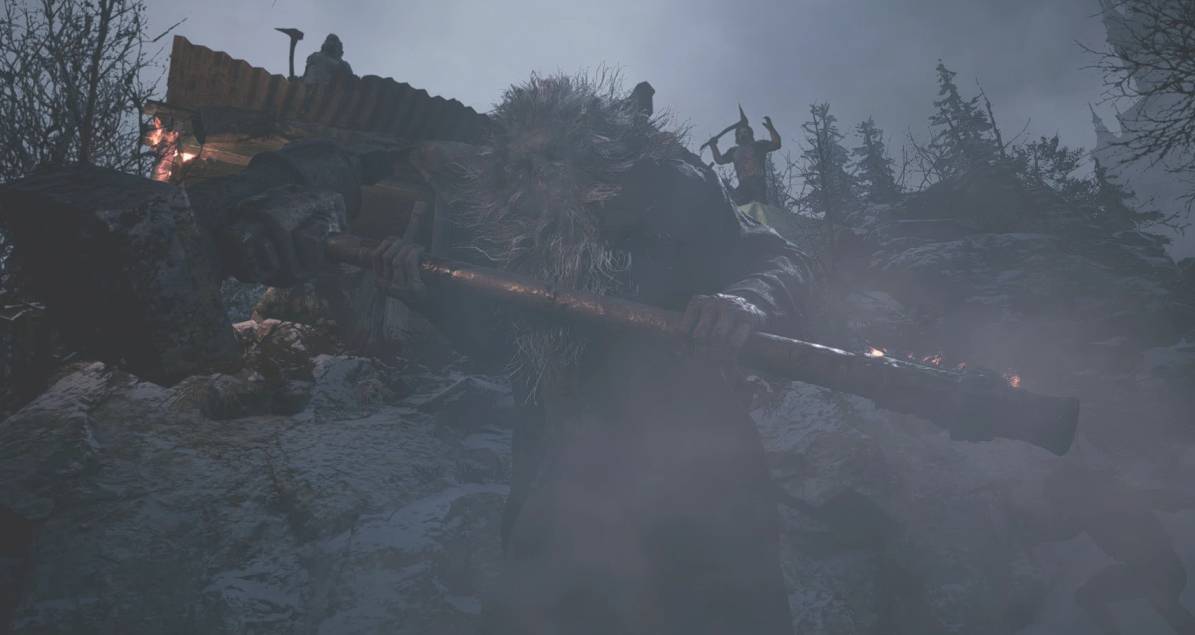
“Wrong village, kid!”
Without spoiling too much, just reading the above paragraph may ignite memories of the OG Resident Evil 4. It starts like it, branches out like it, and climaxes like the game from 2005. You start from a village, move to a castle, then move to other interesting spots in the area. I can say that enough time has passed to re-experience the narrative flow from a classic. If it works, why not use it again, right?
One thing to note is that you might have a lot of questions with the story as it progresses. Scratching your head is likely a common response to expositions and to some certain scenes. If you can manage to endure the WTF moments (and some notably bad voices), you’ll be rewarded with a more or less detailed explanation for everything at the end of the game. Also, if you’re a fan of the lore of Resident Evil, you’ll find lots of it in this game.
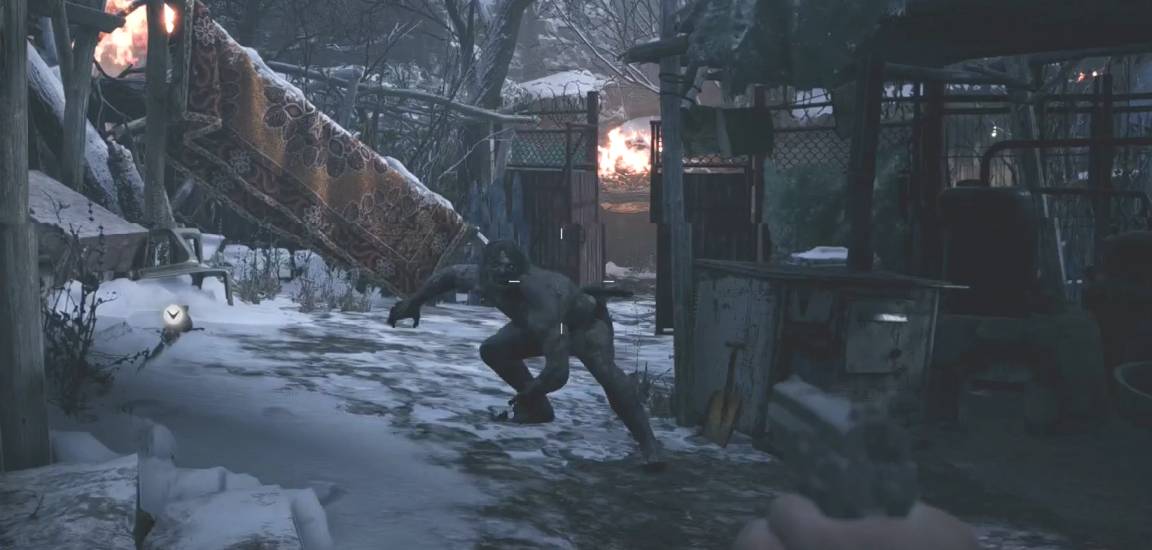
RE8 is a more or less an action version of the clunkier and clumsier RE7. As Ethan Winters, you have full view and control from a first-person perspective. Players can use items by opening the inventory which also pauses in-game time. Players can slot up to 4 weapons or items, allowing quick weapon switching during the heat of a fight. A returning feature is the block, allowing you to shield yourself from intense attacks like power drills, gigantic poleaxes, and chainsaws with your bare arms (this gets explained in the story).
For movement, you can crouch, sprint, and the do a 180-turn. Practicing movement is key here as enemies are highly agile and can make use of the environment to pounce or attack the player. Exploration is also encouraged as it rewards players with items that can be helpful down the line. This include hidden treasures, crafting materials, or ammo. Aside from the useful items, players can also encounter documents that detail and enrich the game’s lore.
One major change is the absence of the Item Box. Players can no longer store unused objects and must grapple with the limitations of Ethan’s inventory. While it sounds absurd, the game offers several upgrades that allow you to store most of the story campaign’s weapons. If space is still an issue, you can sell weaker weapons to upgrade your newer ones.

Shotguns make short work of anything it hits in close range.
As a more action-oriented game, Resident Evil Village packs a load of new weapons for the player to use. Again, you start off with a humble pistol that can be upgraded with parts or money to increase its performance. Want more ammo for your pistol? Combine it with an extended magazine. More firepower? Add an extended barrel. These options can be bought from the store or can be acquired by exploring places and rummaging through drawers and the likes. As the story progresses, you’ll also encounter several new weapons that offer far better damage output and handling.
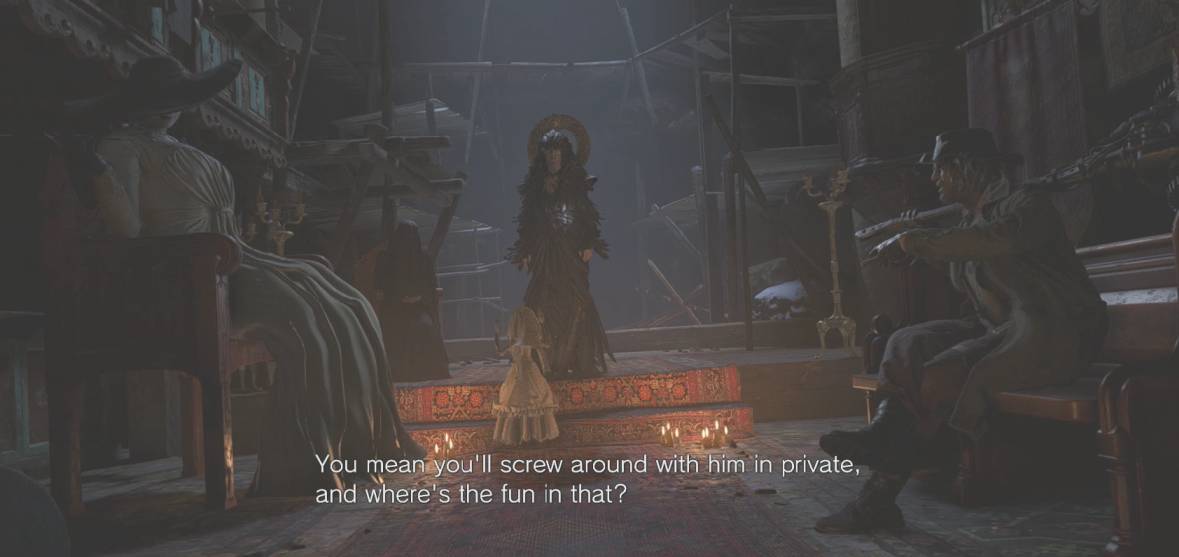
Bosses in Resident Evil Village are numerous and each one has its own unique personality and quirks.
After fighting the werewolves, the undead, and the beasts, you get to the boss fights. One thing very noticeable is that they are way better and more numerous in RE8. Boss fights are a mix between puzzles, combat, and good aiming. Some are quite challenging and may require you to solve a specific puzzle first before they can become vulnerable to attacks. Making use of auxiliary items Flashbangs and Mines is also highly encouraged as they might uncover weaknesses.
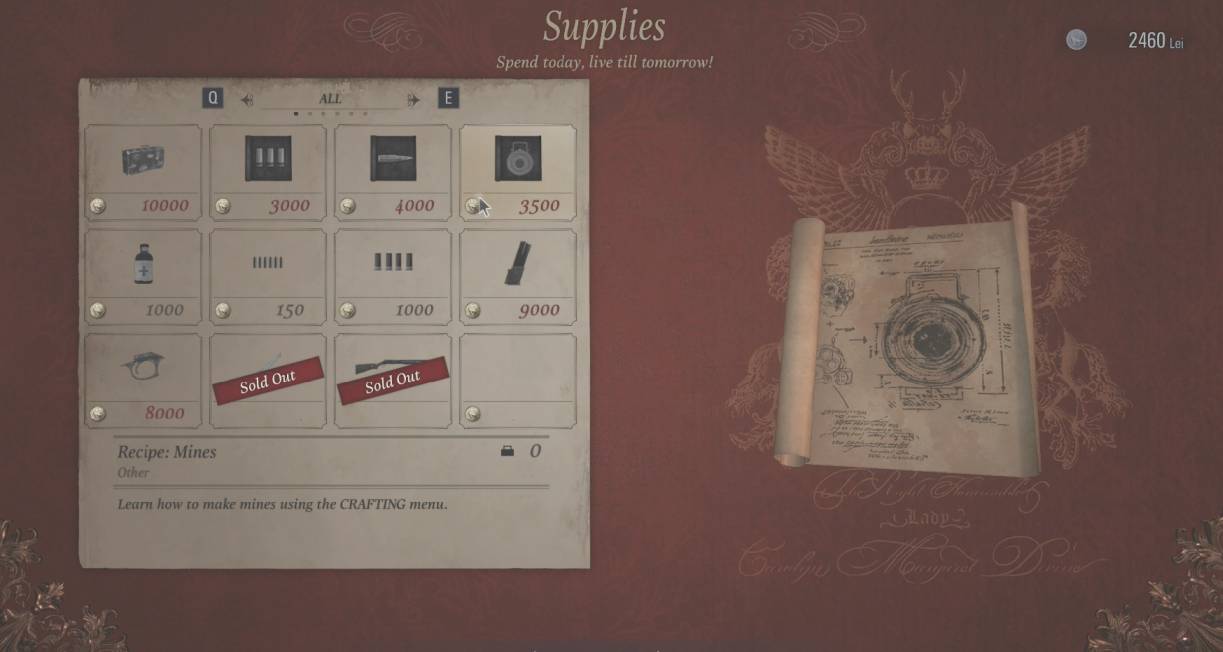
“You can even make your own explosive mine in a fraction of a second!”
Unlike the restrictive system of Resident Evil 7, Resident Evil 8 spawns items whenever enemies die. This means that you’ll virtually never run out of ammo (most of the time). Likewise, you can also pick up in-game currency called Lei which you can use to purchase items and upgrades. You can get Lei from killing enemies or from selling artifacts that you find around the Village.
Aside from buying and picking up ammo, the crafting system is also back. Players can use scraps and various materials to make bullets, first-aid kits, pipe bombs, etc. Again, these things can be looted from dead enemies and can be stored and used only when needed. However, manage them carefully as some share materials between them. This prompts a wild dilemma that can be quite satisfying during intense moments: should I make a Herb or some Shotgun Shells to deal with the impending threat?
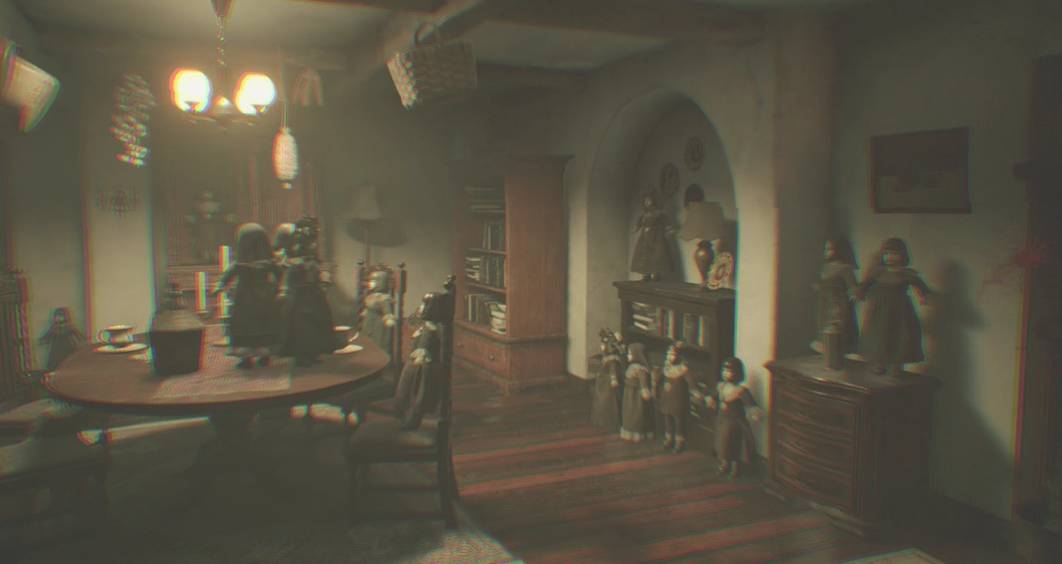
Prepare another set of underwear during this doll segment as it forces you to be vulnerable.
An unfortunate consequence of increasing the player’s power is the reduction of horror elements. In Resident Evil Village, you don’t have to fear anything if you have a fully-loaded shotgun. Although the environment and design evoke an eerie feel, those fears are left unfounded due to the amount of firepower that Ethan can carry. I mean, what can large beasts do to you if you can shoot them down with a Grenade Launcher or a Magnum.
However, there are some parts that can induce goosebumps. One of which is the area after the castle. Without any weapons and with only your wits to help you, it easily becomes one of the few parts that can offer legitimate scares in this game.
Oh, and there are werewolves that pop out from nowhere so be wary of jump scares.
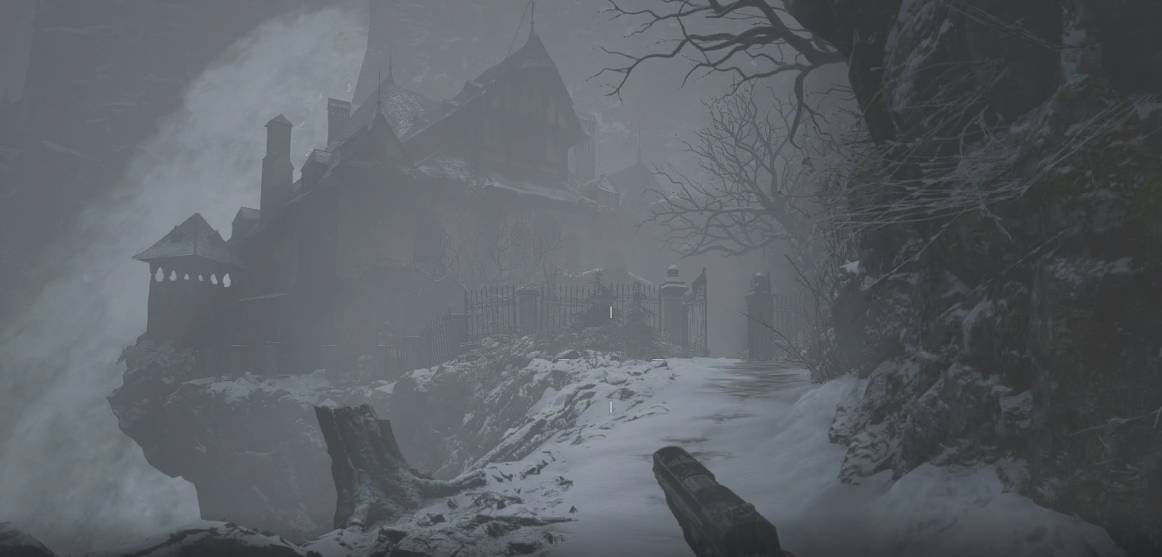
One thing to highlight is Resident Evil Village’s visuals. RE Engine continues to be improved with better textures and more display options for those using the PC. Impressively, the game manages to render far-distances, including enemies and structures without any problems or significant hit to performance. If played on a PC, this game can look incredibly well even without the ray-tracing options.
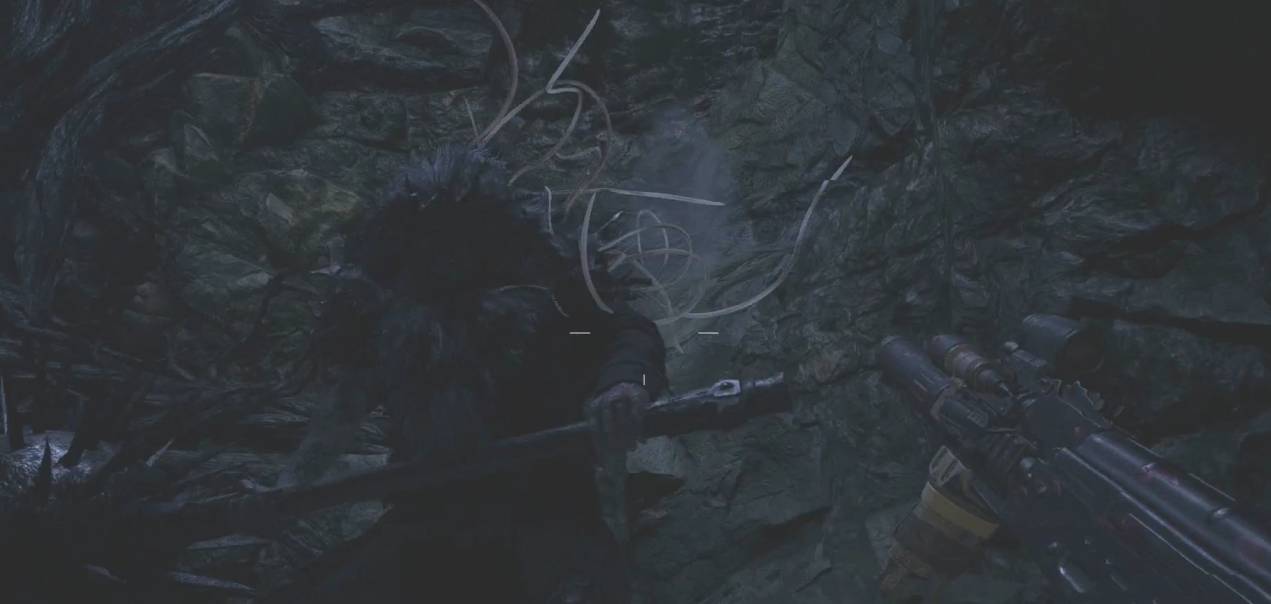
You have to play this with headphones. While it is not as scary due to the amount of firepower you can carry, you can still get some moments of fright due to the ever-present horrors might appear.

For reference, here’s what I used to run this game. I played on 1440p.
AMD allowed us to use their experimental drivers for the review of this game. Made specifically to offer faster and better options for Resident Evil Village, this driver can give you a noticeable difference in performance. Download it as soon as it is available from AMD Radeon’s official driver page.
You can also a more visually appealing experience if you play the game using HDR compatible monitors (you can check out this one). This can change the brightness and the tone of the game, giving you darker blacks.
With the price of newer cards going bonkers at the moment, it’s good to know that cards like the 5700XT can reliably run this good looking game without any hitches. However, you have to have Nvidia’s RTX 2000/3000 series or AMD’s 6000 series cards if you want to enjoy the game with ray-tracing.
If you’ve had fun with Resident Evil 4’s more action-oriented gameplay, then hands down this game is for you. Resident Evil 8 focuses more on exploration, combat, and customization. It brings with it lessons learned from RE7 plus the recently released RE2 and RE3. Movement is pretty fluid and combat is remarkable. However, the more pronounced weapon selection and added attention to fighting unfortunately pulls the scare meter down a notch.
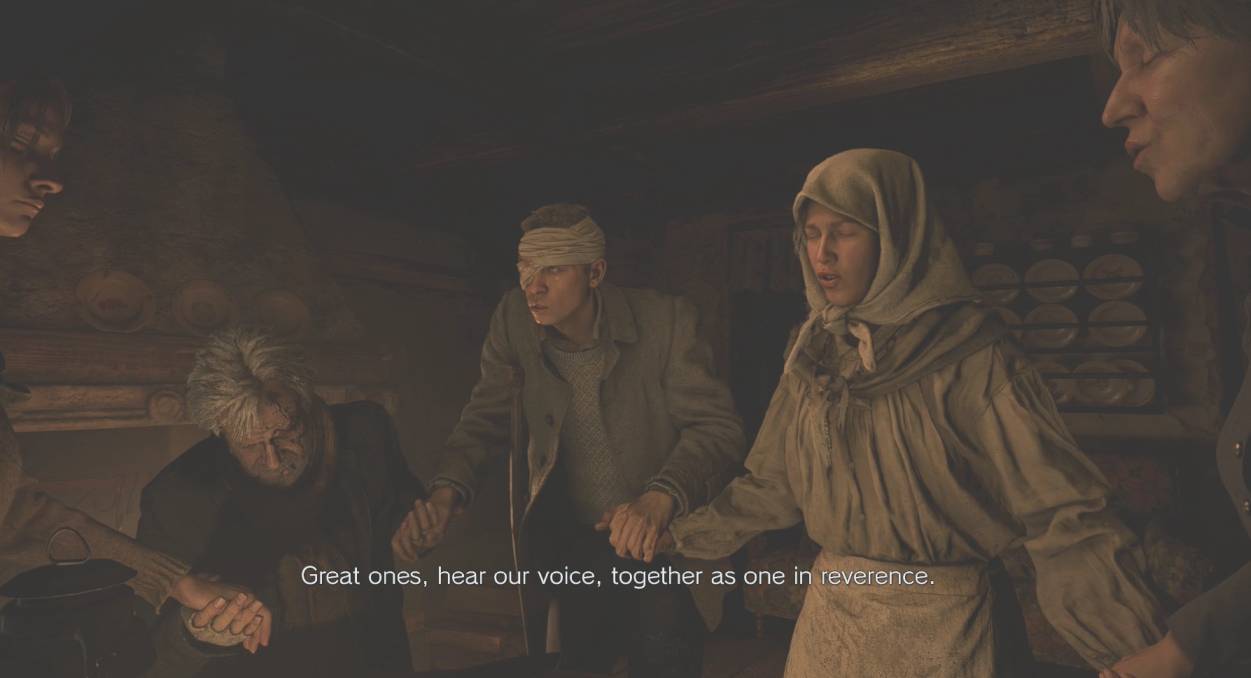
Cringiest part in the game. Sequence, timing, and voice work were so bad that I found myself facepalming during this time. It definitely gets better after this.
The story is not that remarkable and might often times make you blurt out an unwarranted “whut?”, but it has enough to carry you through till the very end. It adds to the existing lore of the game, enriching it further without taking it to the extreme levels like what they did in RE5 and RE6. Maybe it is due to Ethan being a newer character without any established background aside from his previous stint. If you want to follow the story, my advice is to endure till the middle of the game where it starts to pick up.
For value, Resident Evil Village is a highly replayable game. While the campaign might turn off some, it has enough action in it for challengers to try and shorten the game’s play time. It is very likely that speedrunners might find this a very amusing game to play (there’s even a challenge to beat it within 3 hours!). The repeated toils are not for naught though as completing the story unlocks new modes to enjoy. You also get to access infinite ammo weapons and the highly-anticipated Mercenaries mode, which is incredibly good.
It took me almost 8 hours with my initial run. I covered almost all of the optional stuff with it. If you skip the cutscenes and if you know where you’re going, know each boss’ weakness, you can realistically cut that play time to less than 3 hours.
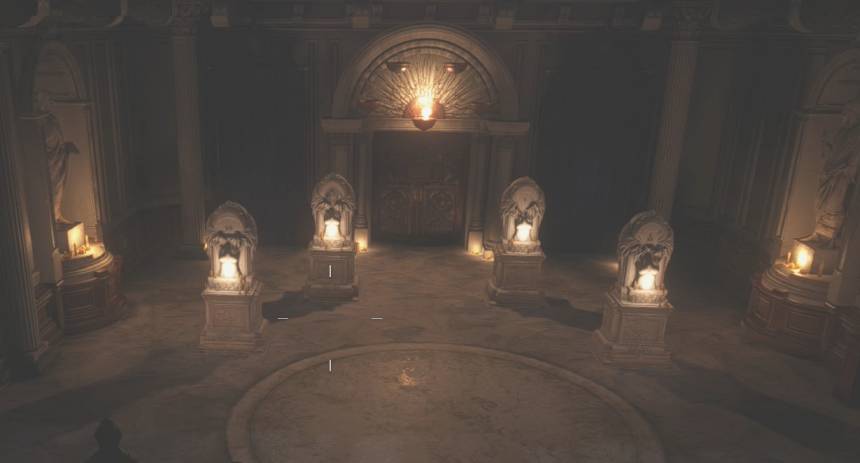
Fetch X item and solve this puzzles are back and better!
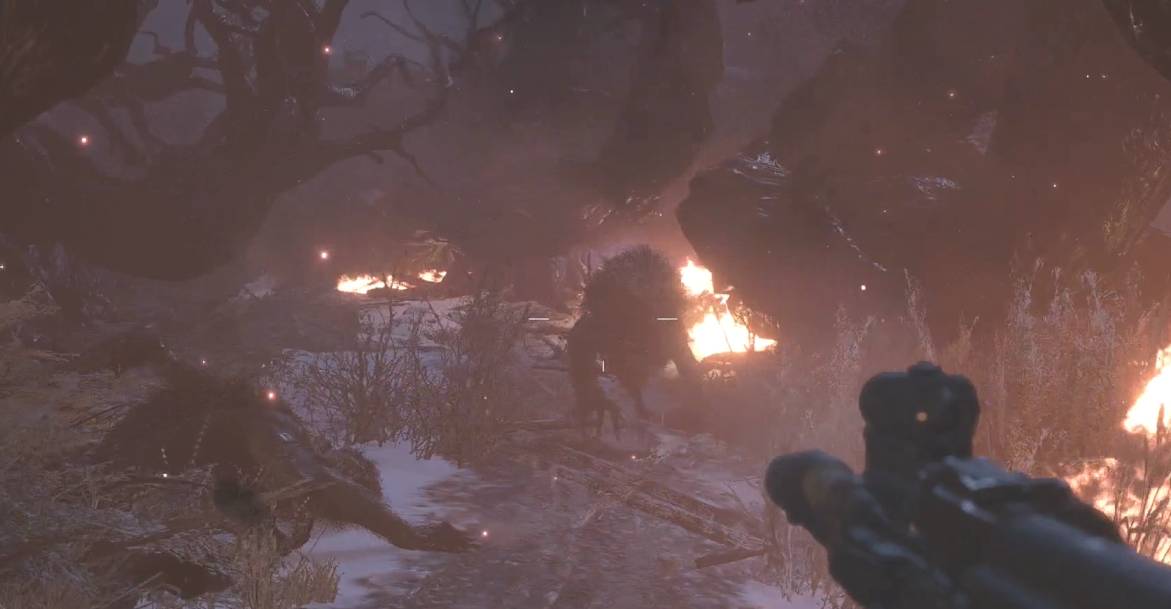
In terms of hardware, the game didn’t have any hiccups or anything that caused it to crash during my play on PC. Not even one. I even used an old Radeon driver to run the thing and I didn’t encounter any problems with it. Everything was buttery smooth and the hardware options are very amenable even to those with modest hardware.

While not the horror juggernaut that I expected it to be, Resident Evil Village offers a fun-filled experience due to its superb combat system and variety. It manages to greatly improve some aspects of the new direction pioneered by Resident Evil 7 by sacrificing some of its parts. The story initially starts slow but picks up in the middle. It manages to develop more as the game progresses, climaxing in a scene that is arguably one of the more memorable ones even in a franchise such as Resident Evil. With all that said, Resident Evil Village gets high marks and is highly-recommended for both new and old Resident Evil fans.
If you’re still on the fence, you can try out the free PC demo here.
